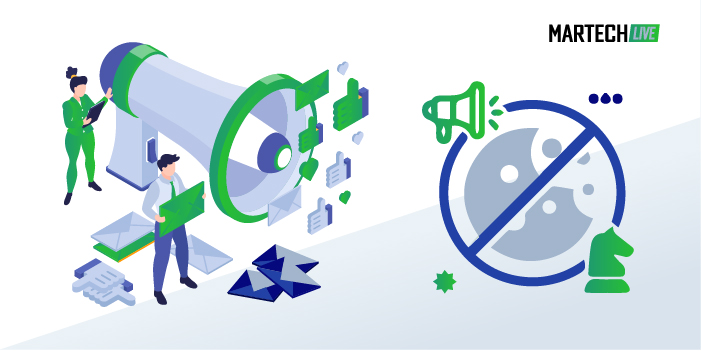With growing concerns about user privacy and the implementation of stronger data protection laws, such as the GDPR and CCPA, the digital advertising world is undergoing a significant transformation. One of the biggest shifts is the phase-out of third-party cookies, small data files that track users across websites. For years, marketers have used third-party cookies to understand user behavior and serve targeted ads. But in a world focused on privacy, this approach is becoming outdated.
So, what does this mean for businesses? Simply put, brands can no longer depend on third-party cookies to reach and engage their audiences. Instead, they must adopt new strategies that respect privacy, build trust, and still allow for effective personalization. This is where cookieless marketing comes in.
The Shift to First-Party and Zero-Party Data
The key to thriving in a cookieless world lies in first-party data, information that a company collects directly from its own websites, apps, email campaigns, loyalty programs, and social media. This data is not only more accurate and relevant but also privacy-compliant, since users willingly provide it.
Even more valuable is zero-party data. This includes information that users intentionally share, such as preferences, feedback, or responses to quizzes. Because it’s voluntarily given, zero-party data offers deep insights into what customers want, helping brands deliver meaningful and personalized experiences.
By focusing on these direct sources of data, companies can better understand their customers and create tailored marketing strategies, all while staying compliant with data protection laws.
Smarter Targeting Without Cookies
Just because third-party cookies are disappearing doesn’t mean personalization is over. Instead of tracking individuals, brands can use cohort-based targeting. These groups are people with similar interests or behaviors, like visiting a travel site or reading fitness content, without identifying them personally. It helps serve relevant ads while respecting privacy.
Predictive modeling is another powerful tool. By analyzing past behaviors, brands can predict what users might do next. For example, if someone often buys skincare products, predictive tools might suggest when they’ll need a refill, allowing timely promotions.
Together with zero-party and first-party data, these methods allow brands to personalize experiences at scale without invading user privacy.
Tools to Support Cookieless Marketing
To bring all this data together, many businesses are turning to Customer Data Platforms (CDPs). These platforms collect and organize data from different sources into unified customer profiles. This gives marketers a clear view of each user, making it easier to personalize campaigns.
Contextual targeting is also making a comeback. Instead of targeting users, it focuses on the content of the page. For example, an ad for running shoes might appear on a blog about marathon training. This way, ads match the environment, not the individual.
Another important set of tools is privacy-enhancing technologies (PETs) like differential privacy and federated learning. These methods allow data to be used for insights without exposing personal information. They help brands meet privacy standards while still learning from user behavior.
Building Trust Through Transparency
One of the most crucial aspects of cookieless marketing is establishing trust. Brands must be clear and honest about how they collect, store, and use data. This means having simple, readable privacy policies and giving users control over their data, including easy options to opt out.
It’s also essential to offer something valuable in return for user data, like personalized content, discounts, or early access. This creates a positive exchange and makes users more willing to share their information.
Companies must also comply with global and local privacy laws like GDPR and India’s DPDP Act. These laws require businesses to give users rights over their data, such as the ability to access, correct, or delete it. Regular audits and privacy updates ensure brands stay compliant.
The Future of Marketing Is Privacy-First
The move to a cookieless world may seem challenging, but it also opens new doors. By focusing on first-party and zero-party data, using tools like CDPs and contextual targeting, and building trust through transparency, businesses can still connect with customers in meaningful ways.
Those who adapt early will likely see stronger customer relationships, higher engagement, and long-term loyalty. Cookieless marketing isn’t just about staying compliant; it’s about creating smarter, more respectful ways to engage with today’s privacy-conscious consumer.



